
Transform Your Yard with Fall Tree Planting Tips
Published: 29/10/2024 | Updated: 29/10/2024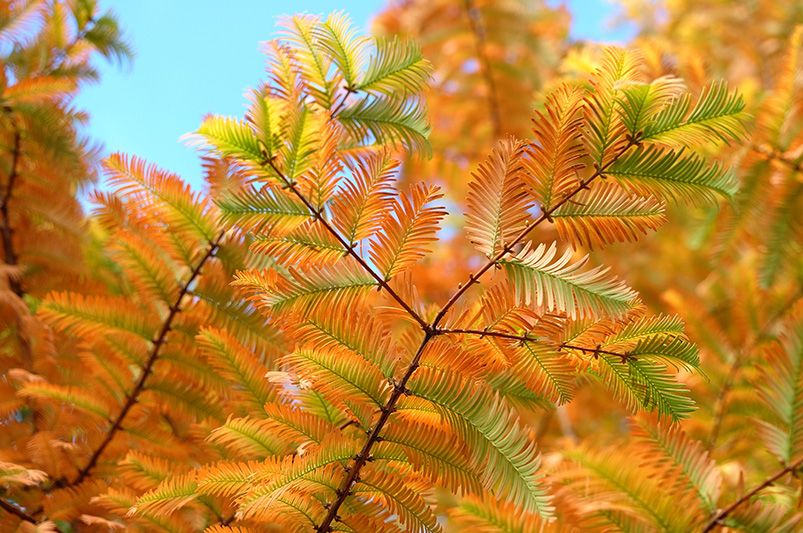
Selecting the Best Trees for Fall
Choosing the right tree for your yard is essential to achieving a vibrant landscape come spring. Fall planting works particularly well with certain types of trees, including shade trees, fruit trees, and evergreens, as their roots benefit greatly from the cooler autumn temperatures and mild moisture. Here’s a look at some ideal fall tree options that will thrive and bring beauty to your yard, each available in ShrubHub’s premium collection.
Shade Trees for Year-Round Appeal
Shade trees add elegance and cover to your yard, creating cozy, shaded areas as they grow. One top choice is the Dawn Redwood Tree, a fast-growing deciduous conifer with feathery foliage that turns golden in autumn. This low-maintenance tree adapts well to different soils and grows rapidly, reaching impressive heights for those looking to add structure to their landscape.
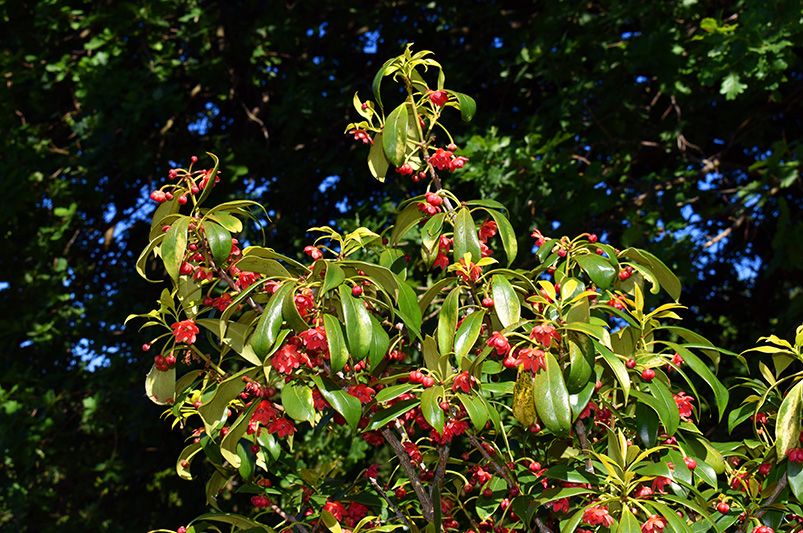
Fruit Trees for Spring Blossoms and Summer Harvests
Fall is an ideal time to plant fruit trees, which benefit from the chance to establish a strong root system over winter. Varieties like the Anise Tree provide not only delicious produce but also a fragrant addition to your landscape. This evergreen beauty produces aromatic leaves and is both decorative and practical.
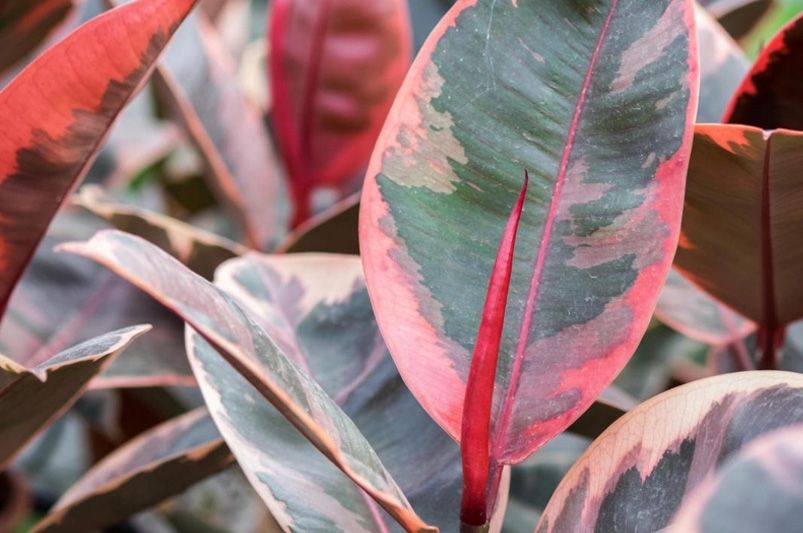
Evergreen Trees for Year-Round Greenery
Evergreens are perfect for providing consistent color through the seasons, creating lush, green visuals in your yard even during winter. Consider the Ficus Robusta Ruby Rubber Tree, a striking choice with glossy, thick leaves that add a pop of color and texture.
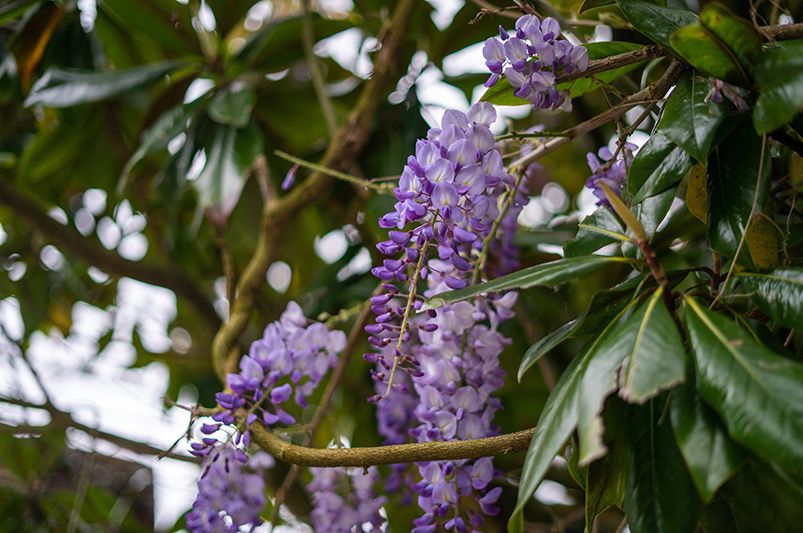
Ornamental Trees for Color and Character
Ornamental trees bring a unique charm to any landscape, especially in the fall when their vibrant colors can stand out. The Black Dragon Wisteria, with its dramatic dark purple blooms, provides a show-stopping display and makes an excellent focal point. This ornamental is also adaptable to most soil types, making it an easy yet eye-catching choice for fall planting.
By selecting trees that are well-suited to fall planting, you’re setting up a landscape that will thrive with minimal maintenance, filling your yard with beauty and functionality.
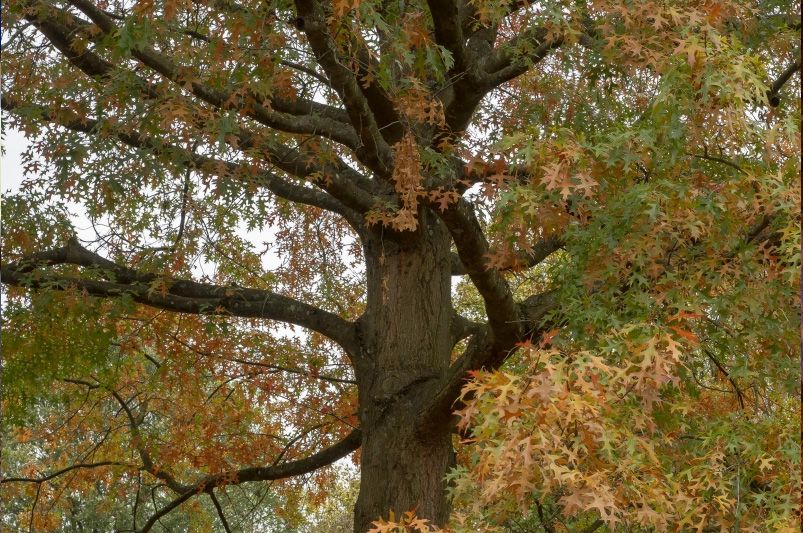
Pin Oak Tree for Fall Color
The Deciduous Pin Oak Tree, scientifically known as Quercus palustris, is a stunning and fast-growing tree that can reach heights of up to 70 feet. Its unique, pin-like leaves transform into a brilliant red in the fall, providing a striking splash of color to any landscape. Hardy and adaptable, the Pin Oak is a favored choice for parks and residential areas, enhancing outdoor spaces with its beauty and resilience.
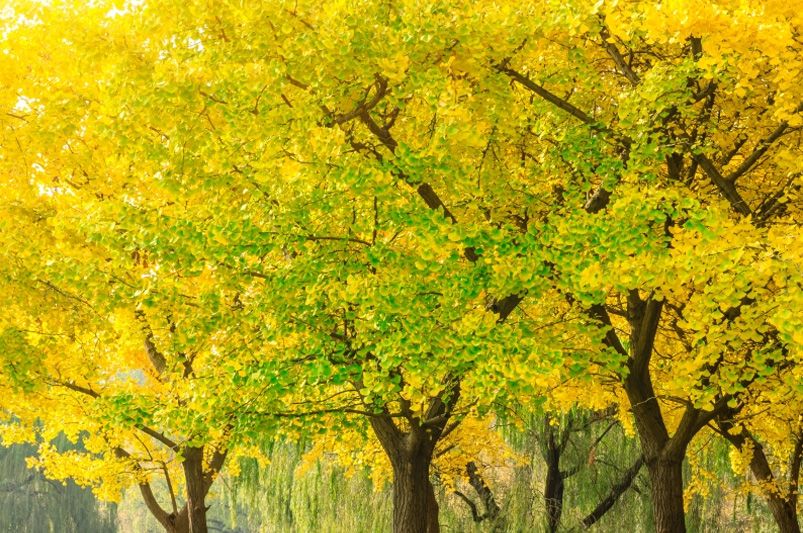
Colorful & Unique Ginkgo Biloba Tree
The Ginkgo biloba, commonly known as the maidenhair tree, is a remarkable and ancient species that has thrived for over 270 million years. Valued for its medicinal properties, particularly its potential to enhance memory and cognitive function, this tree is both functional and beautiful. Its distinctive fan-shaped leaves transform into a stunning golden hue in the fall, making the Ginkgo a sought-after ornamental tree in landscapes around the world.
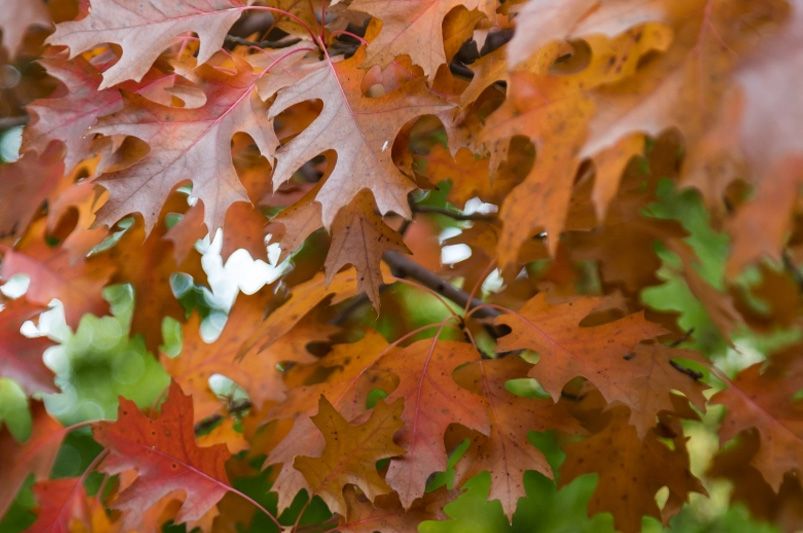
Tall & Stately Shumard Oak Tree
The Shumard Oak, scientifically known as Quercus shumardii, is a majestic deciduous tree native to North America. Renowned for its stunning red foliage in the fall, it can reach heights of up to 100 feet and boasts a wide canopy. This tree is frequently planted for its impressive shade and ornamental appeal in parks and landscapes. Additionally, the acorns produced by the Shumard Oak serve as a vital food source for wildlife, making it an important part of the ecosystem.
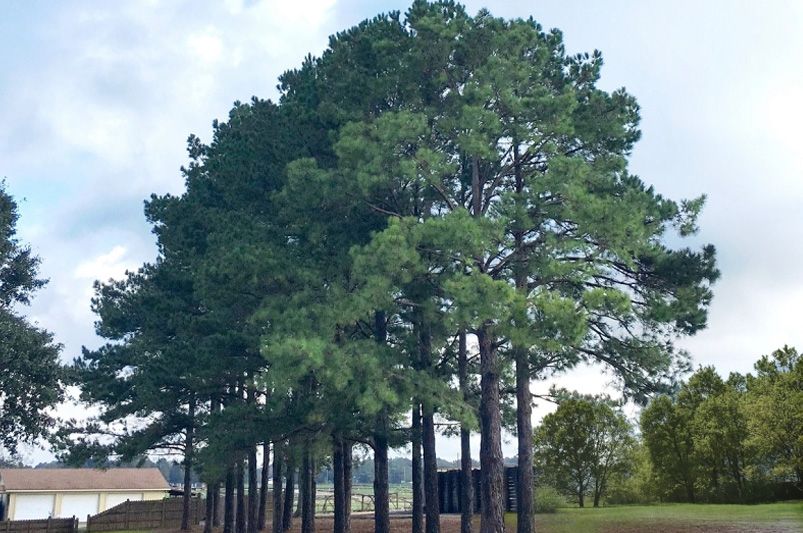
Fast Growing Loblolly Pine Tree
The Loblolly Pine, scientifically known as Pinus taeda, is a fast-growing evergreen native to the Southeastern United States. Valued for its straight trunk and resilient wood, it produces abundant resin that is harvested for turpentine. Loblolly Pine forests create vital habitats for diverse wildlife and play an important role in stabilizing soil in coastal regions. These trees are frequently planted for timber production and serve effectively as windbreaks, enhancing both ecological and economic landscapes.
Planting Conditions for Successful Fall Growth
Ensuring that your trees thrive starts with understanding the ideal planting conditions for fall. Fall planting offers many benefits, but it also comes with its own set of requirements to ensure that new trees establish healthy roots and withstand winter temperatures. Here’s what you need to know about soil preparation, spacing, and positioning to help your trees grow successfully.
Preparing the Soil
Soil quality is essential for tree health. Fall is an excellent time to improve soil fertility, as cooler temperatures help preserve essential nutrients. Begin by loosening the soil in your planting area to improve aeration, ensuring the roots can spread easily. You can also enrich your soil with organic compost, which provides essential nutrients and improves drainage—a crucial factor as excess moisture can accumulate during the colder months.
Finding the Right Spacing and Depth
Spacing is critical to giving your trees room to grow without crowding. Research the mature width of each tree species you’re planting and ensure you allow for adequate distance from other trees and structures. When it comes to depth, plant trees so the top of the root ball sits level with or slightly above the ground to prevent waterlogging. Fall is generally wetter, so planting too deep can put stress on roots.
Positioning for Sunlight and Shelter
Positioning trees in areas that receive the right amount of sunlight and shelter from harsh winter winds is essential for fall planting success. Many deciduous trees thrive in full sunlight, whereas evergreens often prefer partial shade. Additionally, positioning young trees near windbreaks like fences or larger trees can help protect against frost damage, giving them a better chance to thrive through winter and emerge strong in the spring.
By paying attention to soil, spacing, and positioning, you’re ensuring that each tree has the right foundation to grow strong through the seasons.
Caring for Newly Planted Trees Throughout Fall and Winter
Establishing proper care routines during fall and winter helps newly planted trees thrive, setting them up for success in the spring. From watering to mulching, these steps ensure trees are insulated against temperature changes, moisture levels are controlled, and root systems are protected.
Watering Techniques for Cooler Months
Consistent watering is essential, even as temperatures drop. Water your newly planted trees deeply to encourage roots to grow downward, building a solid foundation. Be mindful not to overwater, as fall rainfall often provides some natural moisture. Check the soil moisture regularly—if the top few inches are dry, it’s time to water. Ensure water penetrates the soil to reach the root zone but avoid saturating the ground, which could lead to root rot.
Mulching for Insulation and Moisture Retention
Mulching provides a valuable layer of insulation against cold weather, helping to regulate soil temperatures around the roots. Apply a layer of organic mulch, such as shredded bark or wood chips, around the base of each tree, keeping it about 2-3 inches thick. Be sure to leave some space around the trunk itself to prevent rot or fungal growth. Mulch also helps retain moisture, which is especially beneficial during colder months when evaporation rates are lower.
Pruning Tips for Fall Planted Trees
Pruning can help direct a tree’s energy toward root development, especially after planting. For most species, minimal pruning is recommended right after planting—focus on removing any broken or damaged branches. Avoid heavy pruning, as this can stress the tree. Fall is generally a time for trees to conserve energy, so pruning should be kept light until the tree is fully established.
By following these care steps, you can ensure that your newly planted trees are well-prepared for the challenges of fall and winter, giving them a healthy start as they grow in their new environment.
Conclusion
Fall tree planting offers an incredible opportunity to set the foundation for a thriving, beautiful landscape. By understanding which trees are best suited for fall planting, preparing the site properly, and following essential care practices, you can maximize the success and growth of your new trees. Each step, from planting to maintenance, ensures your trees have the resilience to weather the winter and flourish in the spring.
Ready to transform your landscape with expertly selected trees and tailored care plans? Visit ShrubHub’s selection of high-quality trees and explore our custom landscaping plans, crafted to meet your unique yard needs. With ShrubHub’s professional guidance and network of local contractors, fall planting has never been easier. Begin your journey toward a vibrant, healthy outdoor space today!




